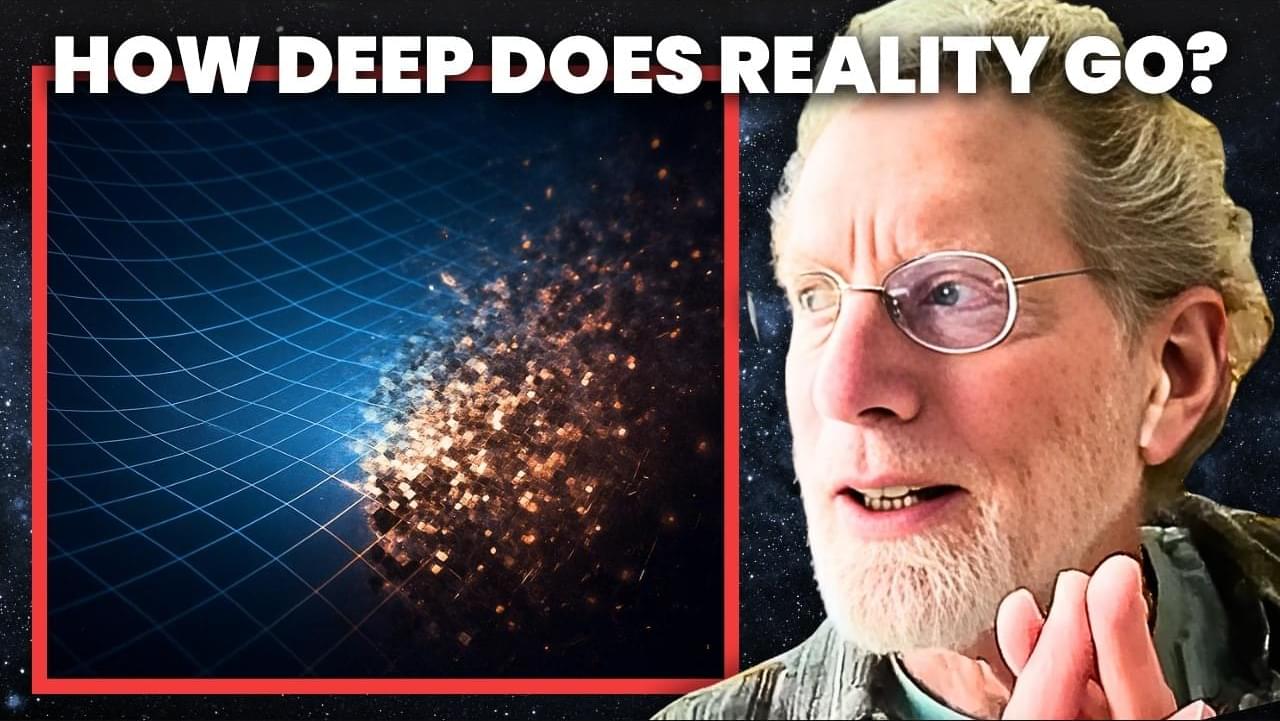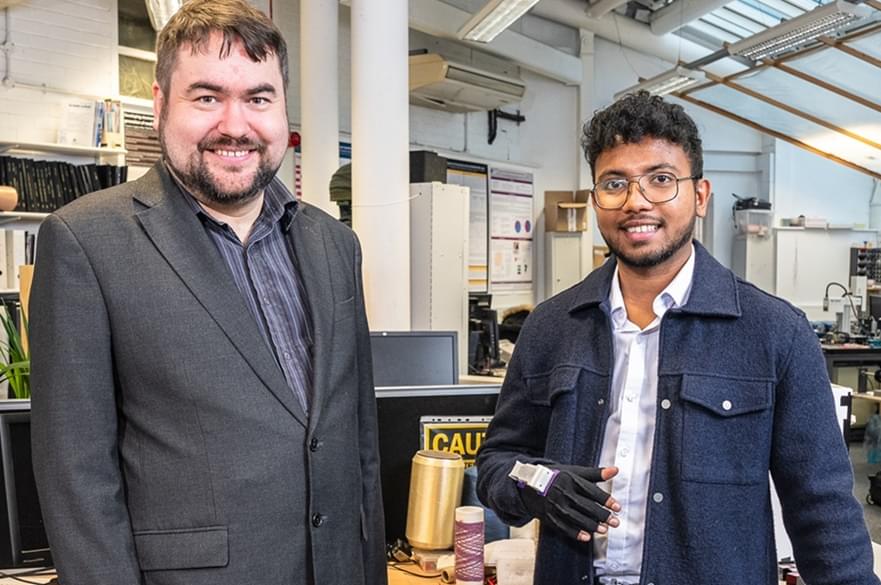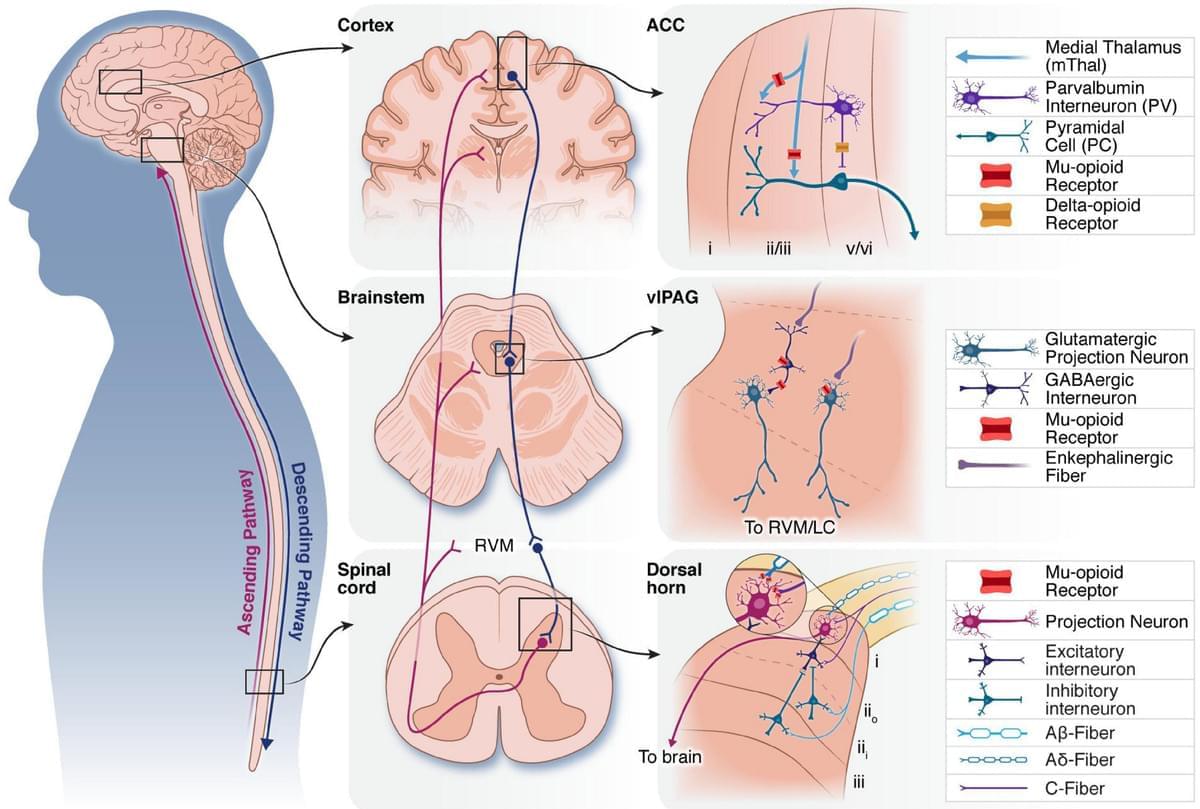This AI superintelligence can help replace the need for tons of research hurdles such as time constraints finding items of knowledge to make what would take weeks or years into seconds of time.
Science is bottlenecked by data. The 38 million papers on PubMed, 500,000+ clinical trials, and thousands of specialized tools have created an information bottleneck that even the most brilliant scientists can’t navigate. At FutureHouse, our mission is to solve this problem by building an AI Scientist. Today, we are taking a significant step forward by releasing the first publicly available superintelligent scientific agents accessible to researchers everywhere, with benchmarked superhuman literature search & synthesis capabilities.
Crow is a general-purpose agent that can search the literature and provide concise, scholarly answers to questions, and is perfect for use via API.
Falcon is specialized for deep literature reviews. It can search and synthesize more scientific literature than any other agent we are aware of, and also has access to several specialized scientific databases, like OpenTargets.









